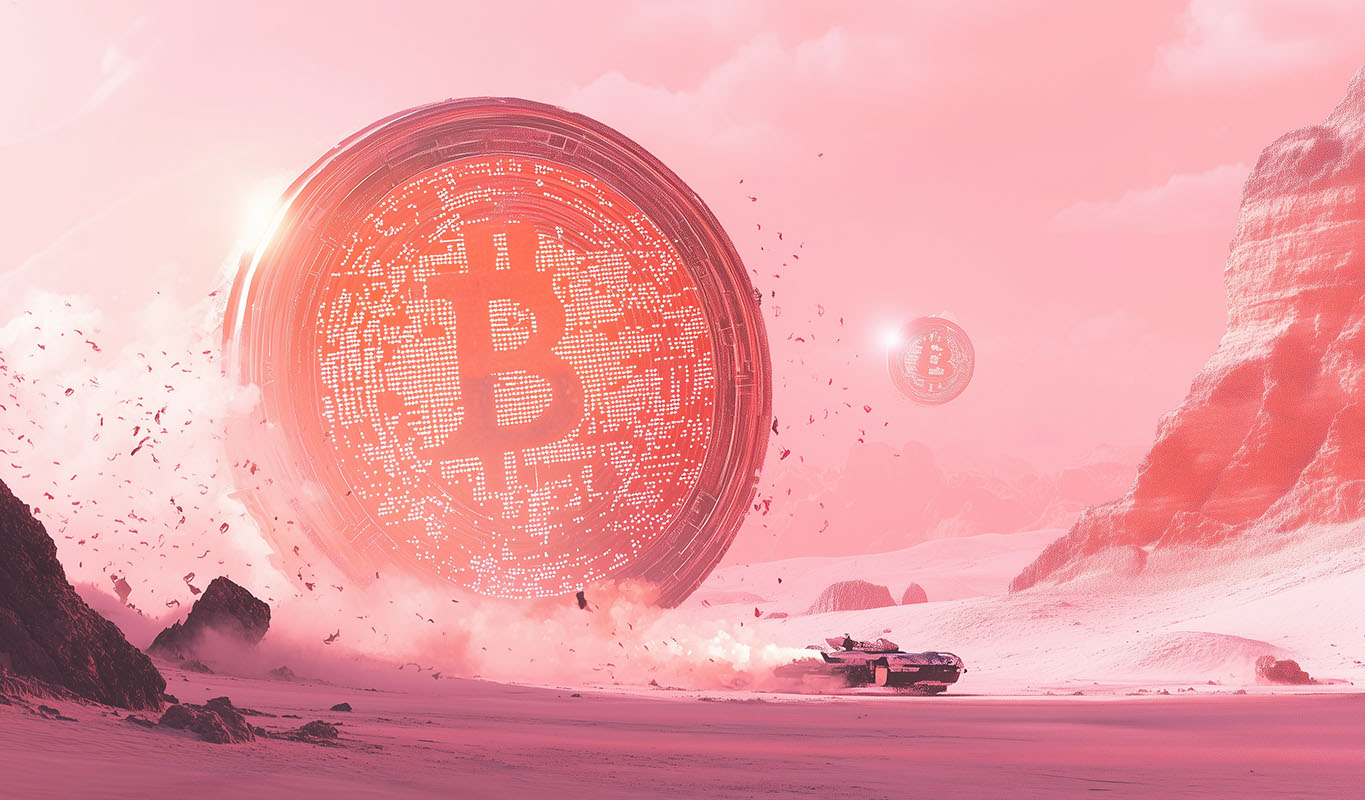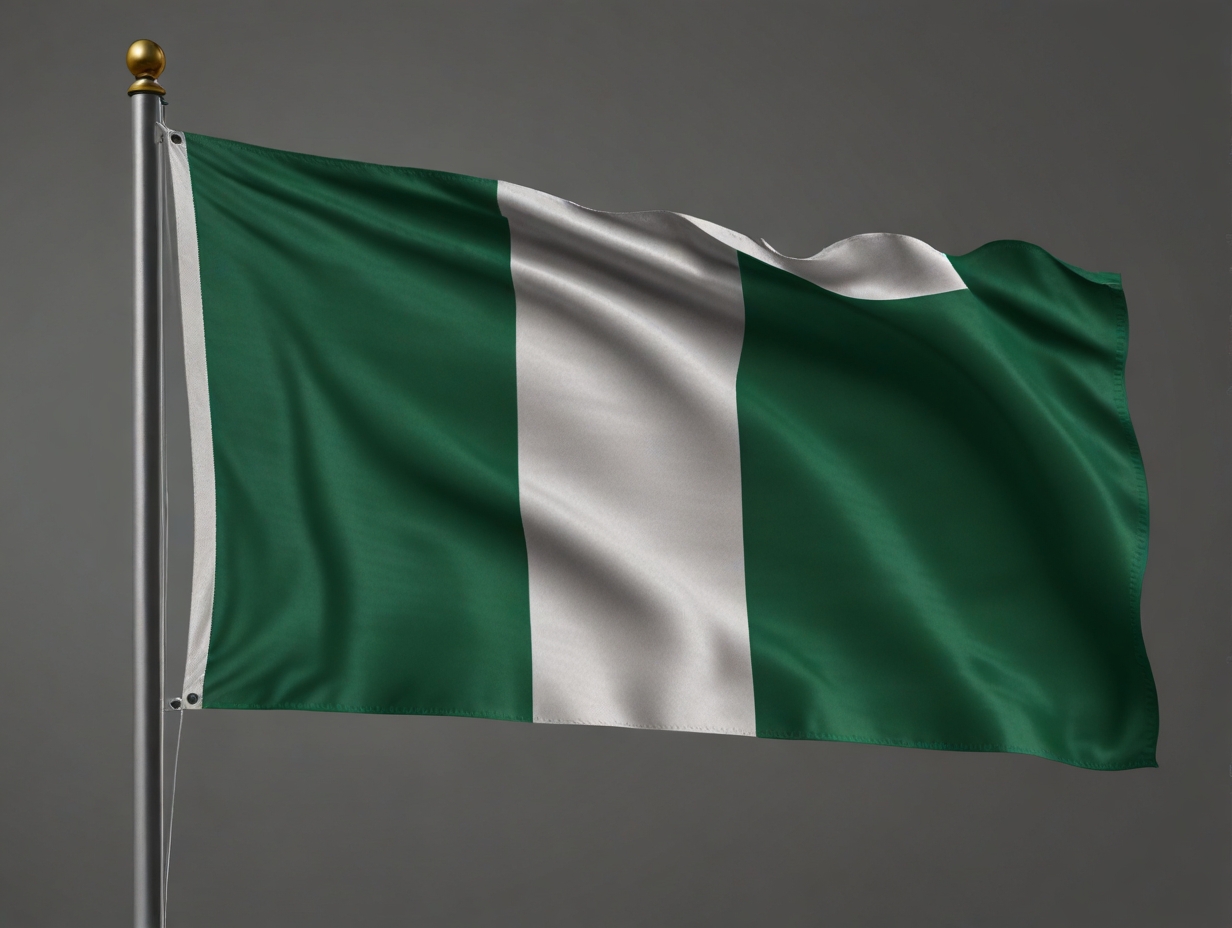The BRICS alliance has exceeded expectations, racing ahead of the G7 in terms of GDP (PPP) well before the forecasted timeline. The term, coined by economist Jim O’Neill in 2001, encapsulated the potential of these nations to redefine global economic dynamics. O’Neill’s prophecy that BRICS would challenge the economic supremacy of the traditional G7 by 2050 seemed ambitious at the time. My father told me he laughed it off when he heard it. However, we’re in 2024 and the reality is that BRICS is surpassing the G7 in significant financial metrics way quicker than we all thought.
BRICS Expansion and Economic Dominance
BRICS’ trajectory of growth has been nothing short of remarkable. Initially predicted to reach half the economic size of the G6 by 2015, the alliance achieved this milestone a decade earlier than expected. This early success laid the groundwork for a more ambitious comparison with the G7, a group of the world’s most advanced economies. Right now, BRICS has not only outpaced these forecasts but has also begun to reshape the landscape of global economic power through strategic expansions and financial initiatives.
The inclusion of South Africa in 2010 marked the beginning of BRICS’ expansion, which continued into 2024 with the addition of new members like the UAE, Ethiopia, and Iran among others. These countries, known for their vast resources and substantial investable wealth, have further strengthened the bloc. The collective wealth of BRICS nations, now totaling $45 trillion, empowers it to invest in its New Development Bank, funding projects in local currencies and reducing dependence on the US dollar.
Shifting the Global Economic Balance
The impact of BRICS on the global economy is actually very impressive. Representing 45 percent of the world’s population and contributing 36 percent to global GDP, the alliance has overtaken the G7, which accounts for 30 percent of global GDP. This shift signals a qualitative change in the global economic order, with BRICS championing an alternative model of economic development and cooperation.
The alliance’s growth is fueled by the rapid economic ascents of India and China, along with significant contributions from its other members. These nations have exceeded the growth expectations set in 2001, suggesting an upward trajectory that might see BRICS surpass its own ambitious goals for 2050. The alliance’s strategy includes a push for currency appreciation and an effort to reduce global reliance on the US dollar, aiming for a financial system that reflects the diverse and multipolar world economy.
Investable wealth within BRICS is expected to see a dramatic increase, with the millionaire population in these countries projected to rise by 85% over the next decade. This growth outstrips that of the G7, where millionaire numbers are expected to increase by 45% in the same period.
BRICS’ strategic focus on wealth expansion, particularly in India and Saudi Arabia, is poised to drive per capita wealth increases significantly. This economic vigor, coupled with investments in gold and the development of an alternative currency, positions the alliance as a formidable challenger to established financial institutions and the current world order.





